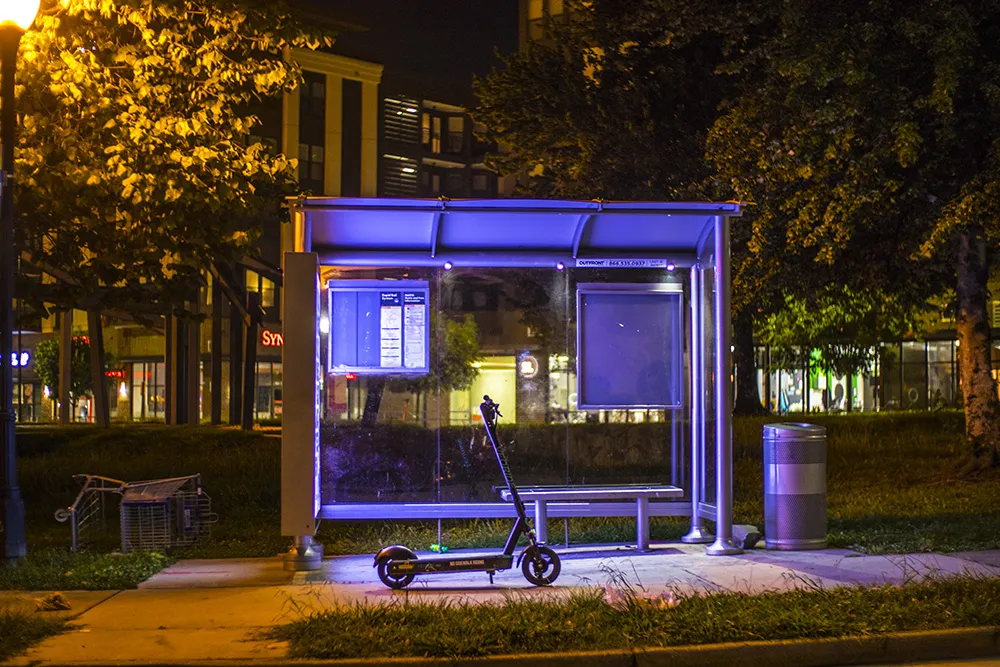In response to market demands for a better way to accurately simulate evacuation, Legion has announced its Evac software product. It can simulate and analyse evacuation scenarios for places where people gather, such as stadiums, transport hubs, office buildings, theatres and concert halls. It enables the user to simulate, test and justify ideas for improving a design before making decisions, implementing changes and spending money. Simulation results can be analysed graphically through 3D animation, colour
July 17, 2012
Read time: 1 min

In response to market demands for a better way to accurately simulate evacuation, 6232 Legion has announced its Evac software product. It can simulate and analyse evacuation scenarios for places where people gather, such as stadiums, transport hubs, office buildings, theatres and concert halls. It enables the user to simulate, test and justify ideas for improving a design before making decisions, implementing changes and spending money. Simulation results can be analysed graphically through 3D animation, colour coded performance maps, statistical reports and graphs, all of which are excellent for sharing results with technical and non-technical audiences.
Legion Evac combines the fully validated simulator of Legion’s flagship SpaceWorks product with flexible modelling and analysis tools. It can import results from NIST’s Fire Dynamics Simulator (FDS) software to influence pedestrian behaviour.
Legion Evac combines the fully validated simulator of Legion’s flagship SpaceWorks product with flexible modelling and analysis tools. It can import results from NIST’s Fire Dynamics Simulator (FDS) software to influence pedestrian behaviour.










